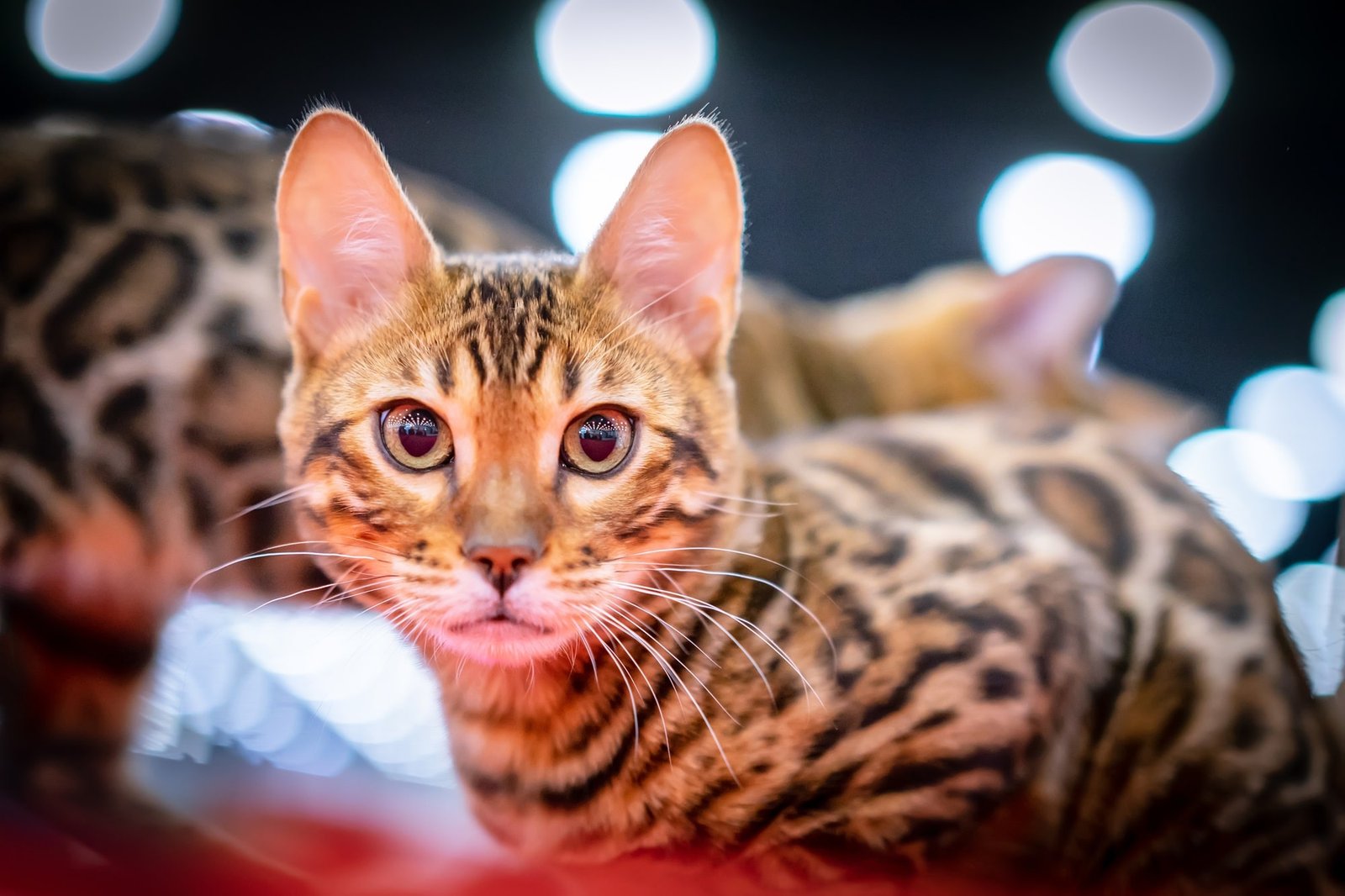
Leopard Cat (Prionailurus bengalensis): A Comprehensive Overview
Introduction
The Leopard Cat (Prionailurus bengalensis) is a small wild cat species native to a wide range of Asian countries, including but not limited to India, China, Southeast Asia, and Taiwan. Recognized for its distinctive appearance and elusive behavior, the Leopard Cat has garnered attention from researchers and conservationists due to its ecological significance and conservation status.
Physical Characteristics:
The Leopard Cat is characterized by its medium-sized build, with a slender body and relatively short legs. The fur coat is marked with distinctive spots and rosettes, reminiscent of its larger relative, the leopard, hence the name. The coloration of the fur can vary across its extensive range, with variations of yellow, gray, and reddish-brown. Additionally, Leopard Cats typically have a white underbelly and facial markings, enhancing their camouflage in their natural habitats.
Habitat and Distribution:
Leopard Cats exhibit a remarkable adaptability to various environments, ranging from tropical rainforests and grasslands to scrublands and deciduous forests. They are known to thrive in both lowland and mountainous regions. The species is found across a wide geographic range, spanning from the Indian subcontinent to Southeast Asia, including countries like Nepal, Bangladesh, Thailand, Malaysia, and Indonesia.
- Leopard cats (Prionailurus bengalensis) are small wild cats native to a wide range of Asian including India, China, and Southeast Asia.
- These feline creatures have distinctive coat patterns resembling leopards, with spots arranged in rosettes. making them well-camouflaged in their natural habitats.
- Leopard cats are highly adaptable. inhabiting diverse environments such as forests, grasslands. and even urban areas. showcasing their ability to thrive in various landscapes.
- Their diet consists of small mammals, birds, and insects, and they are skilled climbers and enabling them to hunt and navigate their surroundings effectively.
- While they share similarities with domestic cats. leopard cats remain wild and are not typically kept as pets due to their specific environmental and dietary needs.

